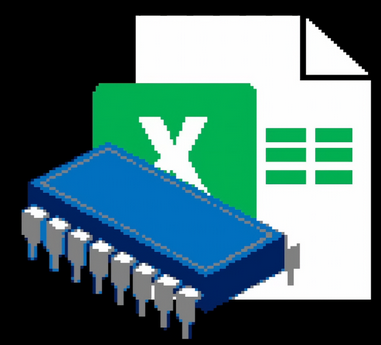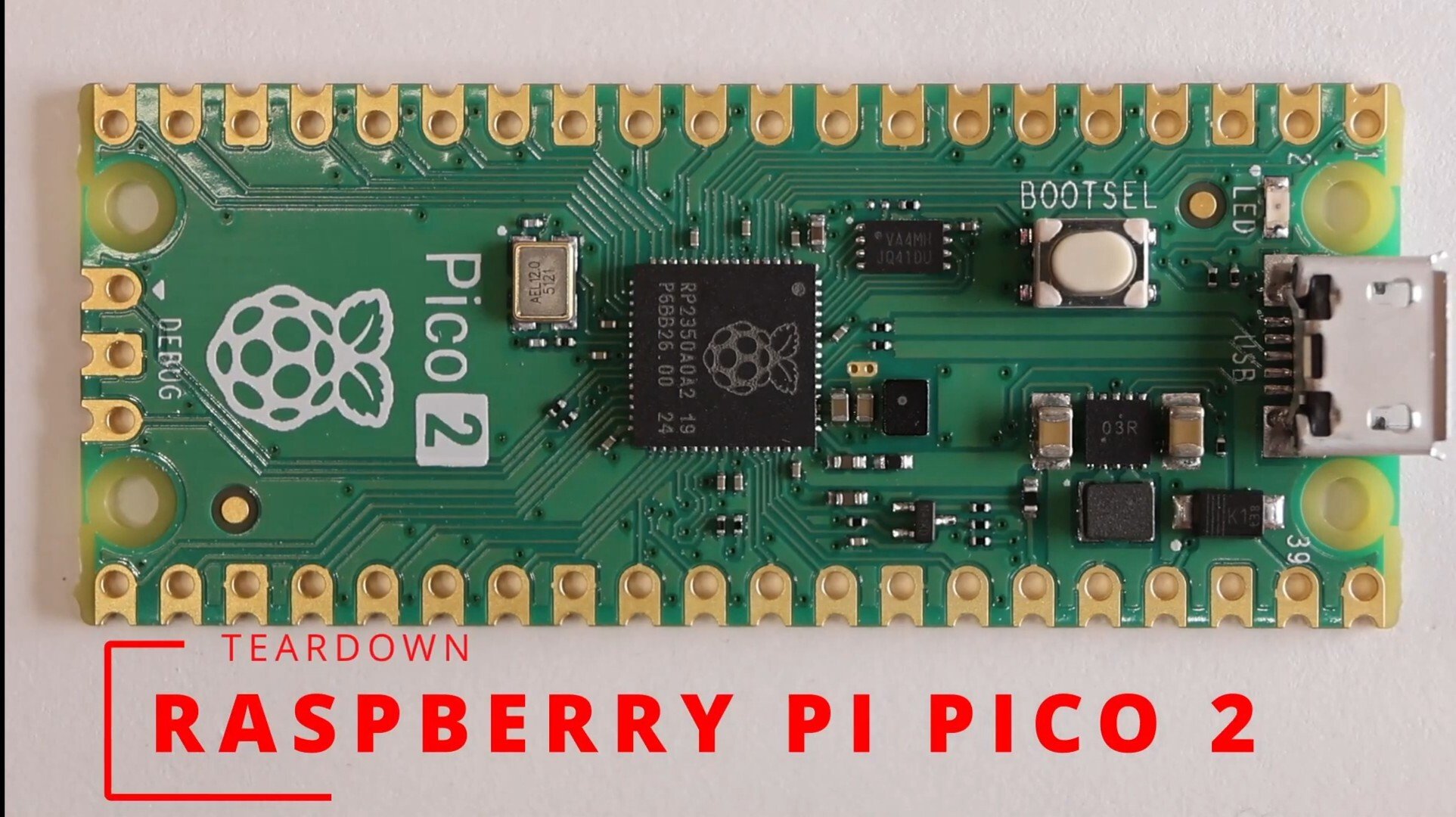Hardware
5000 readers
1 users here now
This is a community dedicated to the hardware aspect of technology, from PC parts, to gadgets, to servers, to industrial control equipment, to semiconductors.
Rules:
- Posts must be relevant to electronic hardware
- No NSFW content
- No hate speech, bigotry, etc
founded 4 years ago
MODERATORS
26
27
28
29
30
31
1
Arm reportedly developing gaming GPU in Israel to compete with Nvidia and Intel
(www.tomshardware.com)
32
33
34
35
36
37
38
39
40
41
42
43
44
45
46
47
48
49
50

